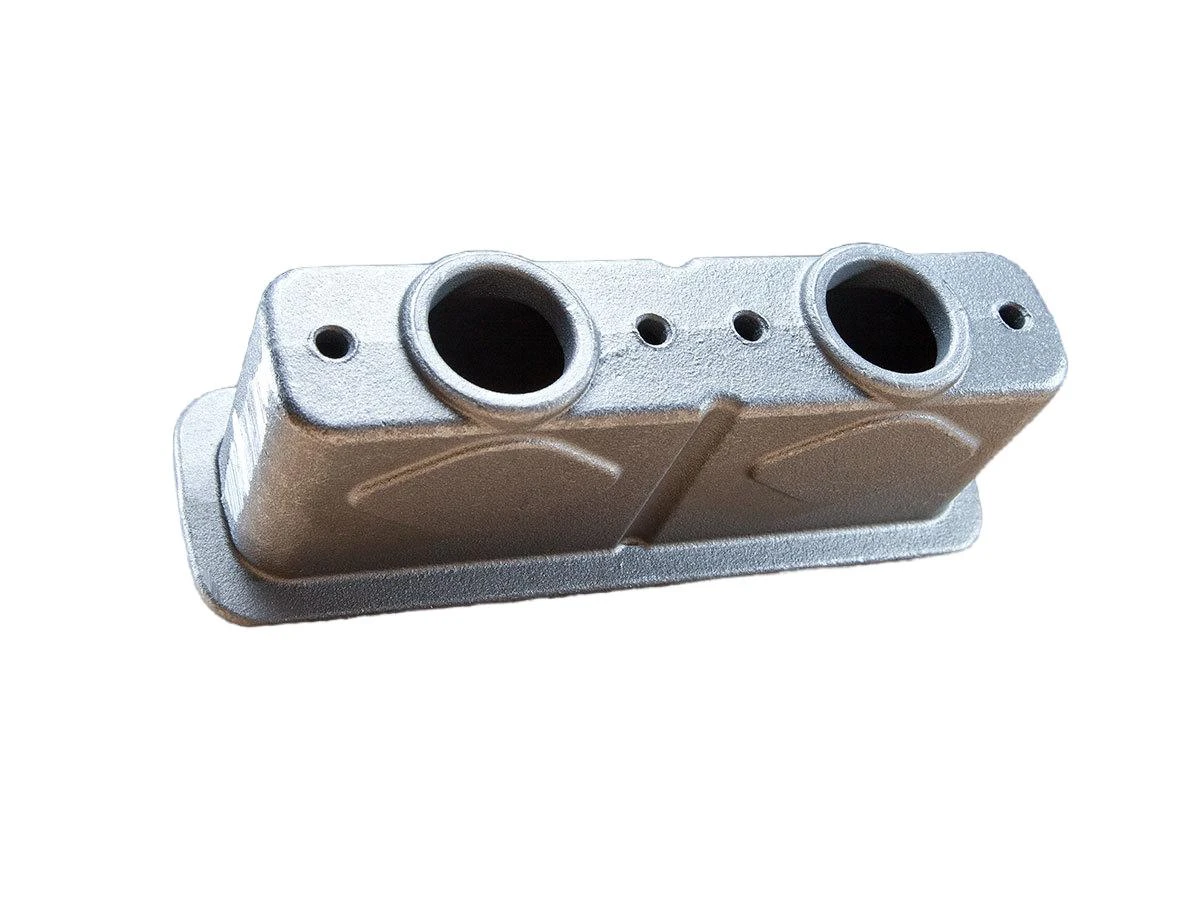laser beam machining process parameters
Laser Beam Machining Process Parameters An Overview
Laser Beam Machining (LBM) is an advanced manufacturing process that utilizes focused laser beams to cut, drill, or engrave materials with high precision. This non-contact technique has gained popularity due to its ability to process a variety of materials, including metals, plastics, and ceramics, with minimal heat-affected zones and excellent surface finishes. However, the efficiency and effectiveness of the LBM process are highly dependent on several key parameters. This article explores the critical process parameters that influence the outcomes of laser beam machining.
1. Laser Power
The laser power is one of the most crucial parameters affecting the machining process. It determines the intensity of the laser beam and directly influences the material removal rate (MRR). Higher laser power leads to increased cutting speed and improved efficiency; however, excessive power can result in thermal distortion or damage to the workpiece. Therefore, selecting the appropriate power level based on the material type and thickness is essential for optimal results.
2. Beam Focus
The focus of the laser beam significantly impacts the cutting quality and depth. A well-focused beam produces a smaller spot size, which leads to higher energy density and enables precise material removal. If the beam is under-focused, the energy disperses over a larger area, reducing the effectiveness of the cut. Conversely, over-focusing can lead to excessive heat concentration, damaging the workpiece. Laser optics systems are vital for maintaining optimal focus throughout the machining process.
3. Cutting Speed
Cutting speed defines the rate at which the laser moves across the material. This speed must be balanced to ensure a proper cut without excessive heat buildup, which can cause warping or melting. Faster cutting speeds can enhance productivity but may lead to incomplete cuts or poor surface finishes if the speed exceeds the material's threshold for energy absorption. The ideal cutting speed varies based on the type of material, thickness, and laser power employed.
laser beam machining process parameters

4. Assist Gas Pressure
In many laser machining processes, an assist gas, typically oxygen or nitrogen, is used to improve cutting efficiency and quality. The type and pressure of the assist gas influence the laser's interaction with the material. Higher gas pressure can blow molten materials away from the cutting zone, leading to cleaner cuts and reduced recast layers. However, excessive pressure may introduce turbulence, negatively impacting the cutting quality. Thus, optimizing assist gas conditions is essential for effective machining.
5. Pulse Frequency and Duration
In pulsed laser machining, pulse frequency and duration are critical parameters that dictate the energy delivery to the workpiece. Higher pulse frequencies can lead to increased material removal rates and finer features but may also increase the heat input, risking thermal damage. Conversely, lower frequencies provide greater energy per pulse, allowing for deeper cuts but with potentially slower machining speeds. Careful consideration of these parameters is crucial, particularly in applications requiring precision on delicate materials.
6. Material Properties
The inherent properties of the material being machined affect all preceding parameters. Factors such as thermal conductivity, melting point, and absorption coefficient determine how materials will respond to laser energy. Understanding these properties allows for the customization of process parameters to achieve optimal outcomes. For example, metals typically require different settings than polymers or ceramics.
Conclusion
Laser beam machining is a highly versatile and efficient manufacturing method, but its success largely relies on a comprehension of the process parameters involved. By carefully selecting and adjusting laser power, beam focus, cutting speed, assist gas pressure, pulse frequency and duration, and considering the material properties, manufacturers can significantly enhance the quality and efficiency of their laser machining operations. Continuous advancements in laser technologies and process optimization will further broaden the applications and capabilities of laser beam machining in various industries.
-
Precision Casting Facility: Advanced Manufacturing for Global Industries | Hairun SourcingNewsNov.23,2025
-
Leading Precision Casting Corporation: Quality Metal Components for Global IndustryNewsNov.23,2025
-
Precision Cast Rods: Definition, Applications & Future Trends in ManufacturingNewsNov.22,2025
-
Precision Cast Iron Surface Plate: The Backbone of Industrial Accuracy and QualityNewsNov.21,2025
-
Precision Aluminum Investment Casting: High-Accuracy Manufacturing for Modern IndustriesNewsNov.20,2025
-
Precise Castings Inc – Advanced Metal Casting Solutions for Global IndustriesNewsNov.19,2025















